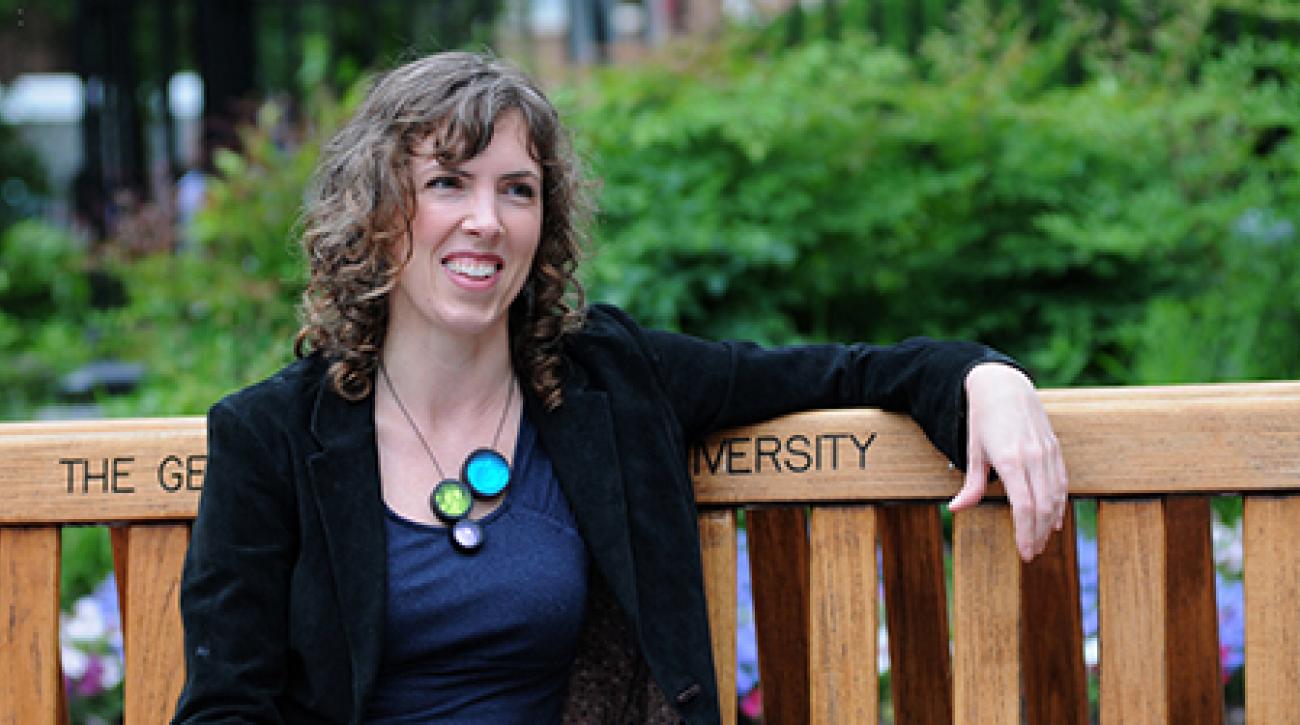WASHINGTON, DC (December 10, 2012)—In the summer of 1854 a doctor named John Snow tracked London’s deadly outbreak of cholera to contaminated water coming from a public well—the now famous Broad Street pump. But Snow’s observations had to wend their way through the annals of science and took years to make an impact on the public health. Now, more than a century later, ordinary people can go online and report observations about public health problems and disasters in real time.
In a just-published study a researcher at the George Washington University School of Public Health and Health Services (SPHHS) reports on this new form of “citizen science,” concluding that it can help modern-day public health officials assess health and environmental threats, such as those posed by the 2010 Gulf oil disaster. The researcher studied reports to an online Oil Spill Map and discovered that citizen science can red-flag potential hazards quickly and offers very specific local information that often fails to make it into official scientific reports.
“Thousands of people logged onto the Spill Map in the days and months following the Gulf oil spill and reported smoke, tainted seafood, foul odors linked to the oil dispersant and other problems as they were occurring on the front lines,” said the author of the study Sabrina McCormick, PhD, associate professor of environmental health at SPHHS. “This reporting by ordinary people promises to be a powerful new way of conducting research and helping officials respond appropriately to disasters.” McCormick published the study online December 10, 2012 in the scientific journal Ecology and Society.
The study looks back at the disaster that unfolded in the spring of 2010 when an oil rig in the Gulf of Mexico exploded and spilled nearly five million barrels of oil into the water before it was capped. The company in charge of the clean-up operation then used more than 2.1 million gallons of a chemical dispersant in order to clean up the spill. Since that time, clean-up workers, fishermen and local residents have sought medical attention for the kinds of symptoms that can arise from exposure to crude oil or chemicals in the dispersant, McCormick said.
Official reports of the disaster typically have reported few health risks but have not collected the comprehensive evidence that is needed to fully understand the consequences of the oil spill, McCormick said. She undertook the study to investigate whether a Spill Map created by the Louisiana Bucket Brigade (LABB) and other environmental justice groups would help fill in that gap. The Spill Map includes data from citizen science organizations as well as individuals who texted in reports or went online and noted problems as they occurred.
In this study, McCormick reviewed more than 2,600 online reports and conducted in-person interviews with people in the fishing industry, those working to clean up the oil and residents of Louisiana five months after the spill and again in September 2011. She found that the Spill Map helped capture reports of spill impacts, such as oil in the water, dying wildlife or health problems in real time, and included information from isolated parts of the Louisiana Bayou--places that are often not central to the official studies conducted by the U.S. Environmental Protection Agency and others.
For example, LABB gave citizens special buckets to collect air samples even in very remote areas. The data from those air samples got logged onto the Spill Map and could be added in with eyewitness accounts of oil slicked water and crucial health and environmental information. In contrast, the U.S Environmental Protection Agency also collected air samples but did so mostly in highly populated regions and thus did not monitor pollution in some of the tiny fishing villages along the Coastline, McCormick said.
In addition, the Spill Map quickly gave an account of the health problems people were experiencing as the disaster unfolded. McCormick said that people in the region texted or logged onto the map and gave accounts of rashes, respiratory problems, headaches and other problems they believed were linked to exposure to the oil or the dispersant.
Citizen science does not take the place of the traditional studies, in which trained scientists gather data and then quantify the human health or environmental consequences, McCormick says. Still, she says that the data gathered by many people on the front lines can offer important minute-to-minute information that officials can use to protect human health and the environment from an ongoing disaster.
About the George Washington University School of Public Health and Health Services:
Established in July 1997, the School of Public Health and Health Services brought together three longstanding university programs in the schools of medicine, business, and education and is now the only school of public health in the nation’s capital. Today, more than 1,100 students from nearly every U.S. state and more than 40 nations pursue undergraduate, graduate, and doctoral-level degrees in public health. The school now offers an online Master of Public Health, MPH@GW, which allows students to pursue their degree from anywhere in the world.


